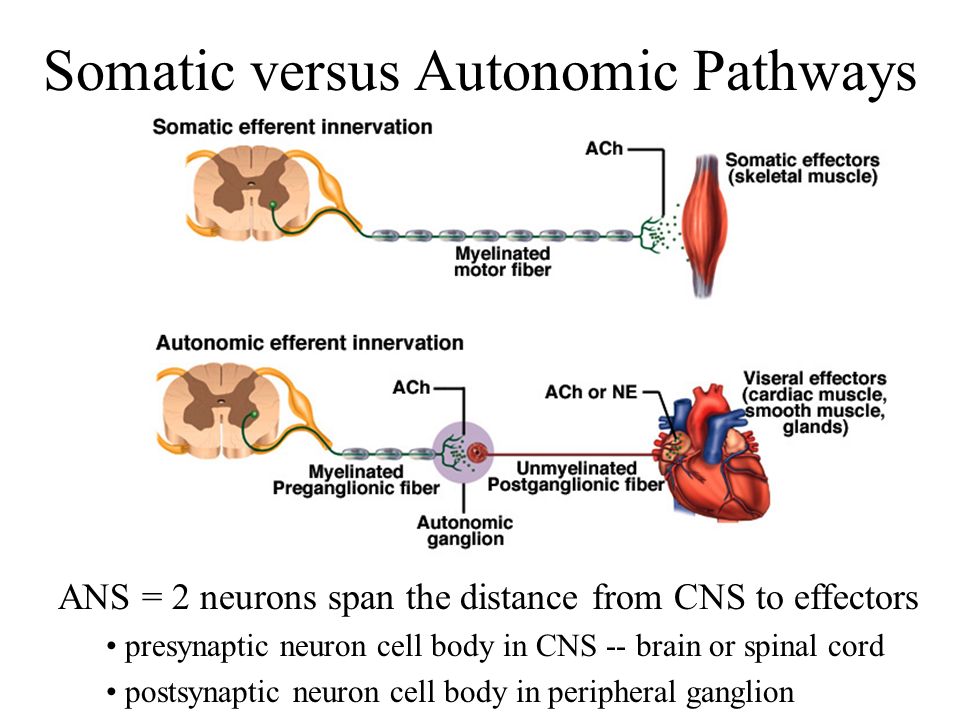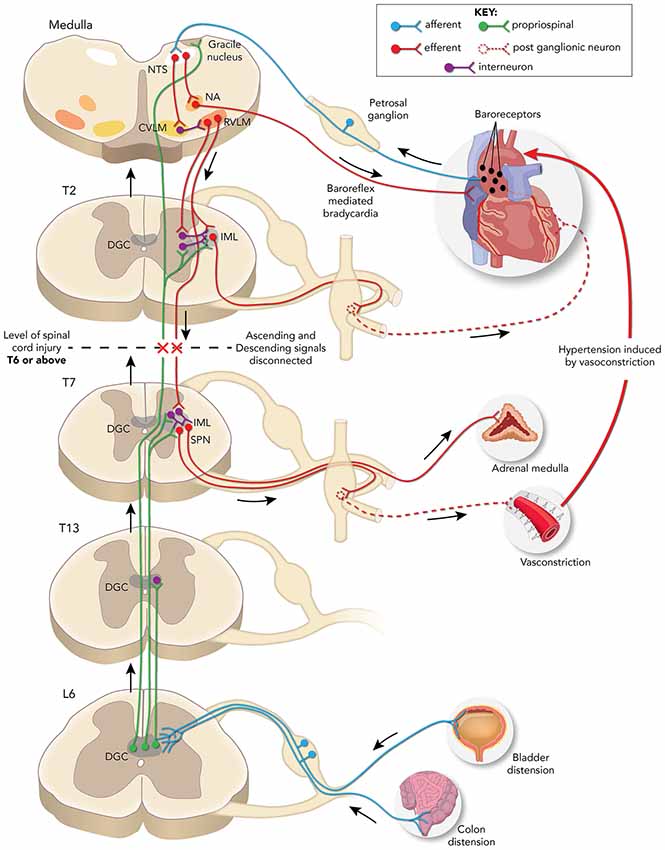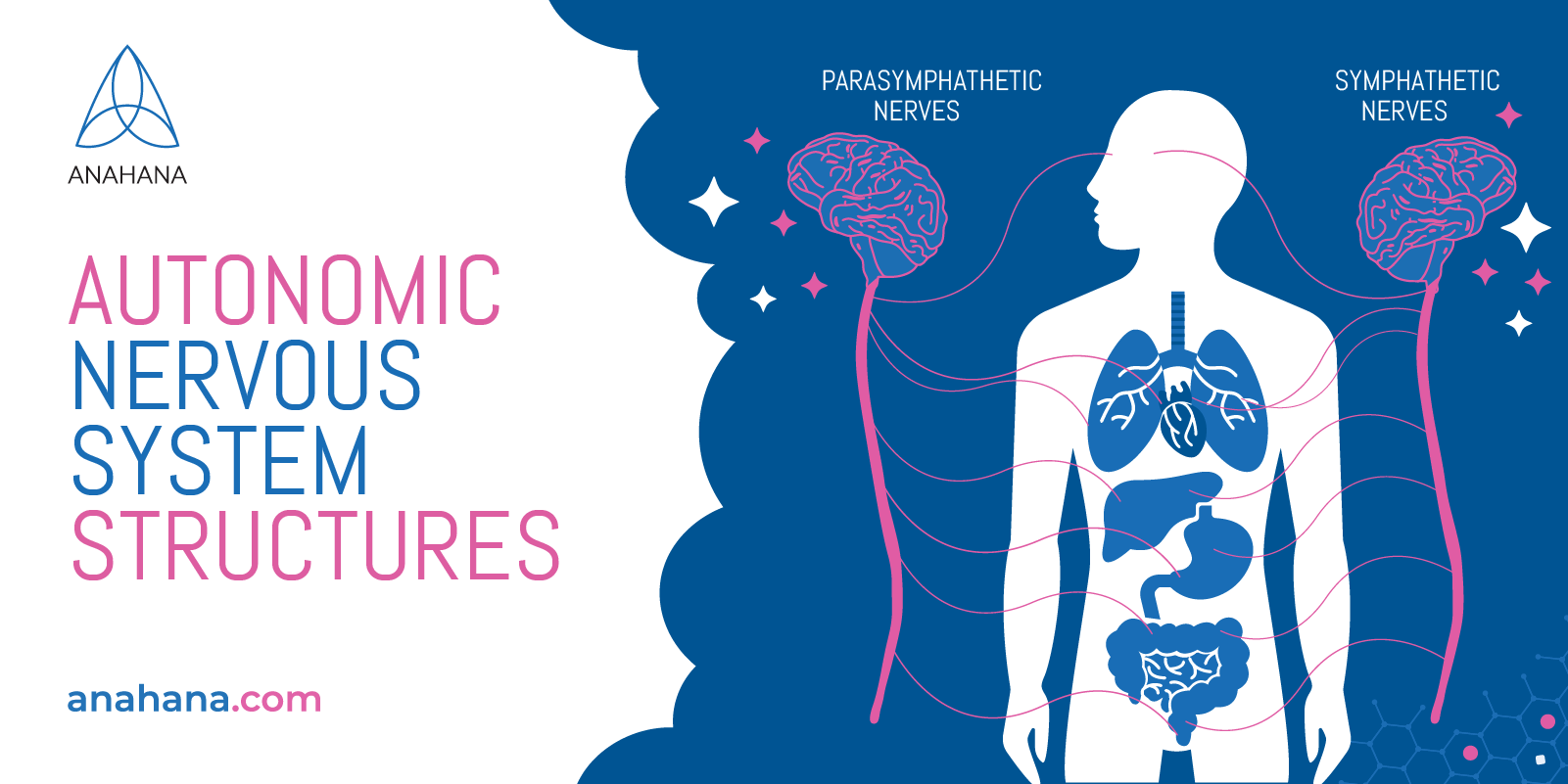An autonomic reflex is a type of reflex that occurs in the autonomic nervous system, while a somatic reflex is a type of reflex that occurs in the somatic nervous system. Both types of reflexes are quick, automatic responses to stimuli that help to maintain homeostasis in the body. However, there are several key differences between autonomic reflexes and somatic reflexes.
One key difference between autonomic reflexes and somatic reflexes is the type of organs and systems that they affect. Autonomic reflexes primarily affect the internal organs and systems of the body, such as the cardiovascular system, respiratory system, digestive system, and endocrine system. These reflexes are responsible for regulating the body's internal environment and maintaining homeostasis. In contrast, somatic reflexes primarily affect the muscles and skeletal system, and are responsible for controlling voluntary movement and reflexive responses to external stimuli.
Another key difference between autonomic reflexes and somatic reflexes is the way in which they are controlled and mediated. Autonomic reflexes are controlled by the autonomic nervous system, which consists of two branches: the sympathetic nervous system and the parasympathetic nervous system. The sympathetic nervous system is responsible for activating the body's "fight or flight" response, while the parasympathetic nervous system is responsible for calming the body down and returning it to a state of rest and relaxation. In contrast, somatic reflexes are controlled by the somatic nervous system, which is responsible for voluntary movement and reflexive responses to external stimuli.
A third key difference between autonomic reflexes and somatic reflexes is the type of stimuli that trigger them. Autonomic reflexes are often triggered by internal stimuli, such as changes in body temperature, pH levels, or blood pressure. These reflexes help to maintain homeostasis by adjusting the body's internal environment to ensure that it remains within a narrow range of normal values. In contrast, somatic reflexes are triggered by external stimuli, such as touch, pain, or temperature. These reflexes help to protect the body from potential harm by triggering a reflexive response to remove the body from the source of the stimulus.
In conclusion, autonomic reflexes and somatic reflexes are two types of reflexes that play important roles in maintaining homeostasis in the body. While they share some similarities, such as being quick, automatic responses to stimuli, there are several key differences between them, including the type of organs and systems that they affect, the way in which they are controlled and mediated, and the type of stimuli that trigger them. Understanding the differences between these two types of reflexes can help us to better understand the complex mechanisms that regulate the body's internal environment and maintain homeostasis.








